Introduction
Understanding the various types of wood planers available for rent is essential for anyone looking to elevate their woodworking projects. With an array of options tailored to different tasks and workshop environments, making an informed choice can significantly impact the quality and efficiency of the work produced. From compact benchtop planers suitable for hobbyists to powerful stand-alone models designed for larger projects, each type offers distinct advantages and limitations.
As woodworking increasingly evolves into a lucrative market, the right tools become crucial for meeting the growing demand for unique, high-quality wooden products. This article delves into the characteristics of each planer type, key features to consider when renting, and alternative solutions that could enhance productivity while ensuring a seamless woodworking experience.
Types of Wood Planers Available for Rent
Grasping the nuances of wood planers available for rent is essential for any woodworking task. There are several types to consider, each tailored for specific tasks and workshop environments:
-
Benchtop Planers: These compact machines are perfect for small shops or hobbyists. Their portability and ease of use make them ideal for tasks that require precision without taking up too much space.
-
Stand-Alone Thickness Planers: Designed for larger projects, these models pack more power and capacity, allowing for the smooth finishing of larger boards. They are essential for woodworkers who handle substantial materials and demand efficiency in their operations.
-
Planer/Jointers Combo Machines: Combining both functionalities in one unit, these machines are excellent for those looking to save space and costs. They enable smooth shifts between planing and jointing, making them a versatile selection for enthusiasts of the craft.
The selection of tools can significantly influence the quality and efficiency of your carpentry. As woodworking increasingly becomes a lucrative business, the right tools can enhance productivity and creativity. The handmade wood products market is thriving, with consumers willing to pay a premium for unique and quality craftsmanship. Therefore, choosing the suitable tool not only fulfills project requirements but also aligns with the growing demand for bespoke wooden items in the market.

Benchtop Thickness Planers: Pros and Cons
Benchtop thickness machines have gained popularity among hobbyists and small shop owners, primarily due to their portability and user-friendly nature. These compact tools are often more affordable and require less workspace, making them ideal for those operating in limited environments. However, it's essential to recognize that their power may not rival that of larger, stationary models, particularly when handling substantial hardwood pieces.
When selecting a benchtop model, consider the balance between its advantages and limitations. For instance, while these devices excel in providing consistent finishes—critical for businesses focused on quality—larger models may offer enhanced capabilities for demanding tasks. The advantages of utilizing a benchtop tool include ease of transport and setup, making it an excellent choice for projects that require mobility, such as on-site work or community projects.
Furthermore, the growing emphasis on accuracy in carpentry underscores the importance of such instruments. Consistency can distinguish between a satisfied client and a product return, emphasizing the significance of investing in quality equipment.
As the carpentry community continues to develop, advancements in benchtop tools are being highlighted at trade exhibitions, with many items receiving accolades for their effectiveness and characteristics. Staying informed about these developments can assist you in making knowledgeable buying choices, ensuring that you choose an instrument that suits your particular requirements and improves your craftsmanship effectiveness.
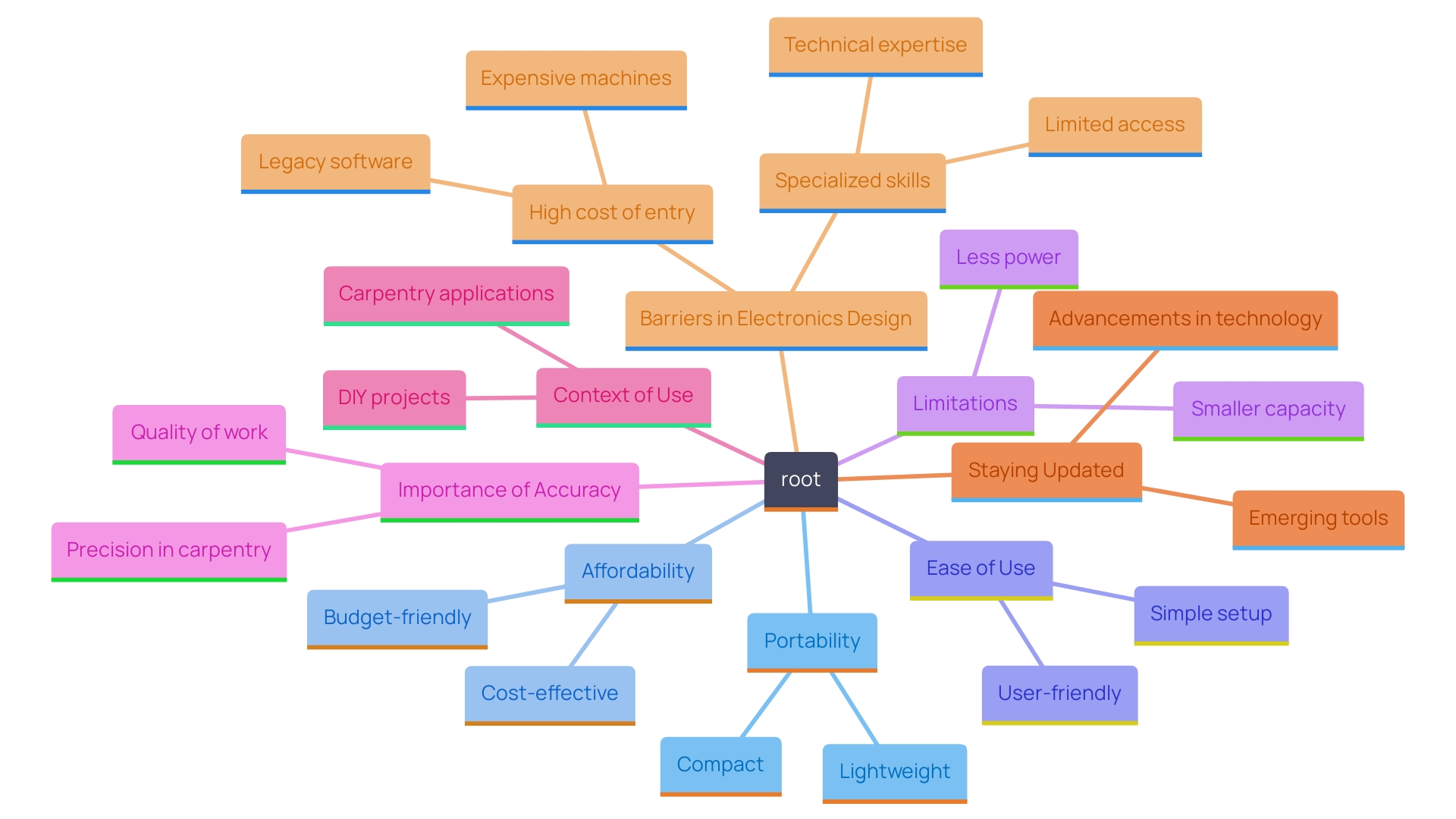
Stand-Alone Thickness Planers: Pros and Cons
Stand-alone thickness machines are the powerhouse tools of the woodworking world, particularly well-suited for large-scale tasks requiring precision and a flawless finish. Equipped with robust motors, these machines can tackle larger boards, ensuring a consistent and smooth surface across various types of wood. This level of performance is crucial for businesses that depend on uniformity, as even minor imperfections can lead to customer dissatisfaction and returns.
However, their impressive capabilities come with trade-offs. Stand-alone machines are generally bulkier and require more dedicated space in a workshop, which can be a significant consideration for smaller operations. Additionally, they tend to be more expensive to rent compared to portable options. For example, while a compact device might be adequate for minor tasks, a bigger job may require the improved strength and effectiveness of a separate model.
Comprehending the scope of your undertaking and the standard of finish needed is vital in making the correct decision. According to industry experts, investing in high-quality equipment like stand-alone planers can ultimately save time and reduce costs in the long run by minimizing rework and ensuring that projects meet client specifications from the outset. As Bob Faxon, a prominent figure in the field, highlights, tackling challenges with appropriate resources can result in considerable successes for companies in the lumber industry.
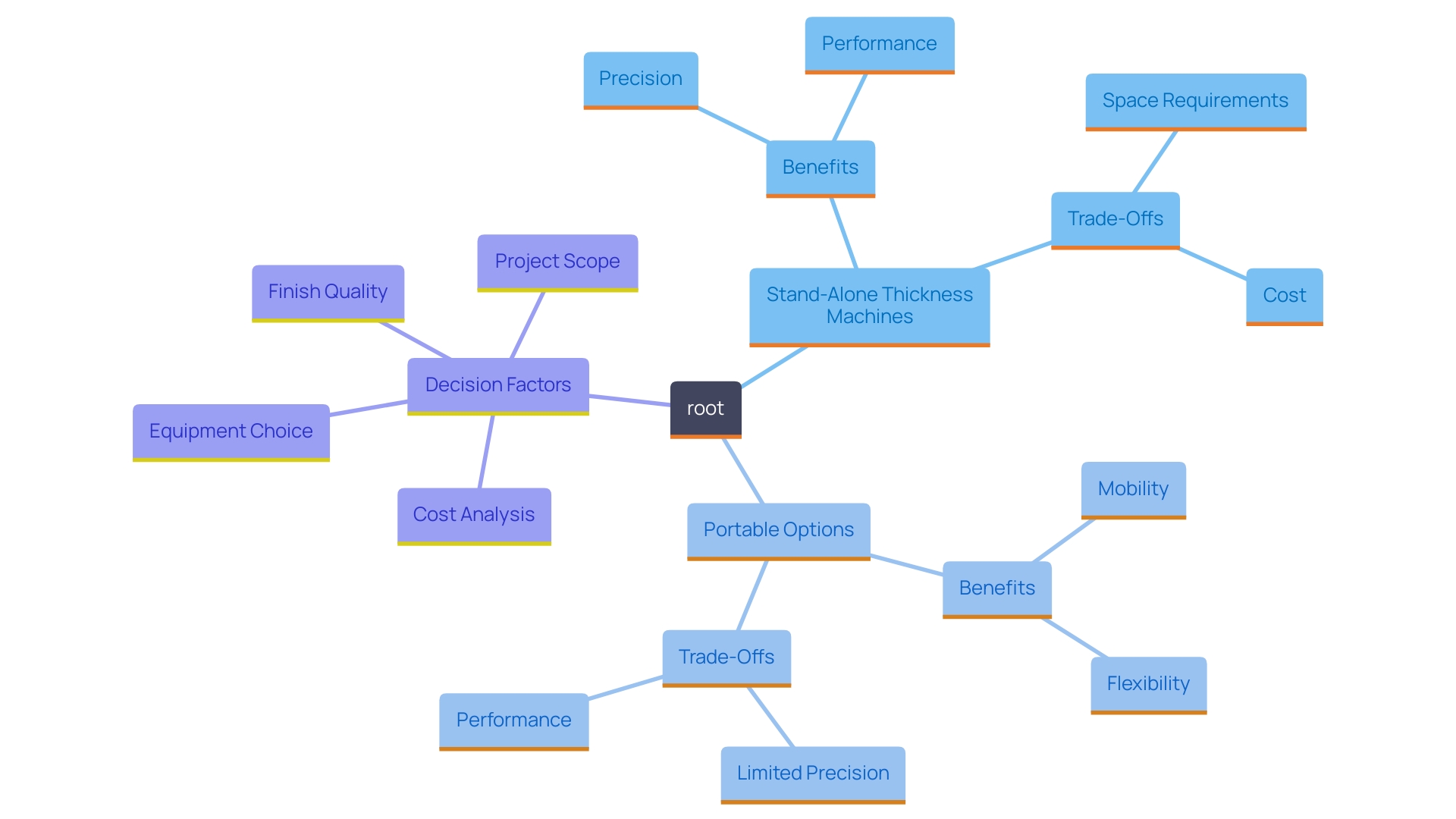
Planer/Jointer Combo Machines: A Space-Saving Solution
For carpenters facing space constraints, planer/jointer combo machines provide a practical solution by merging two vital craft functions into a single, efficient unit. These compact machines not only perform planing and jointing but also assist in optimizing workflow, reducing the necessity for multiple implements cluttering the workspace. While the initial investment may be higher than purchasing separate machines, the long-term benefits of versatility and space-saving design make them appealing for many woodworkers, especially in limited environments.
The rising need for such tools can be linked to a substantial rise in carpentry tasks, fueled by a construction surge that amplifies the requirement for accurate and consistent wood preparation. Statistics reveal that the timber market is booming, with urbanization and infrastructure projects fueling demand for high-quality materials. In this context, a reliable combo machine becomes indispensable for professionals aiming to deliver consistent results.
Industry experts emphasize the importance of choosing the right equipment, noting that 'precision is crucial' in the craft of working with wood. This sentiment is echoed by many who have attended demonstrations of these machines at trade shows, highlighting their capabilities and effectiveness. Their innovative design and operational ease not only improve efficiency but also contribute positively to the overall quality of finished products. As such, planer/jointer combos are increasingly regarded as essential tools for both hobbyists and professionals alike.
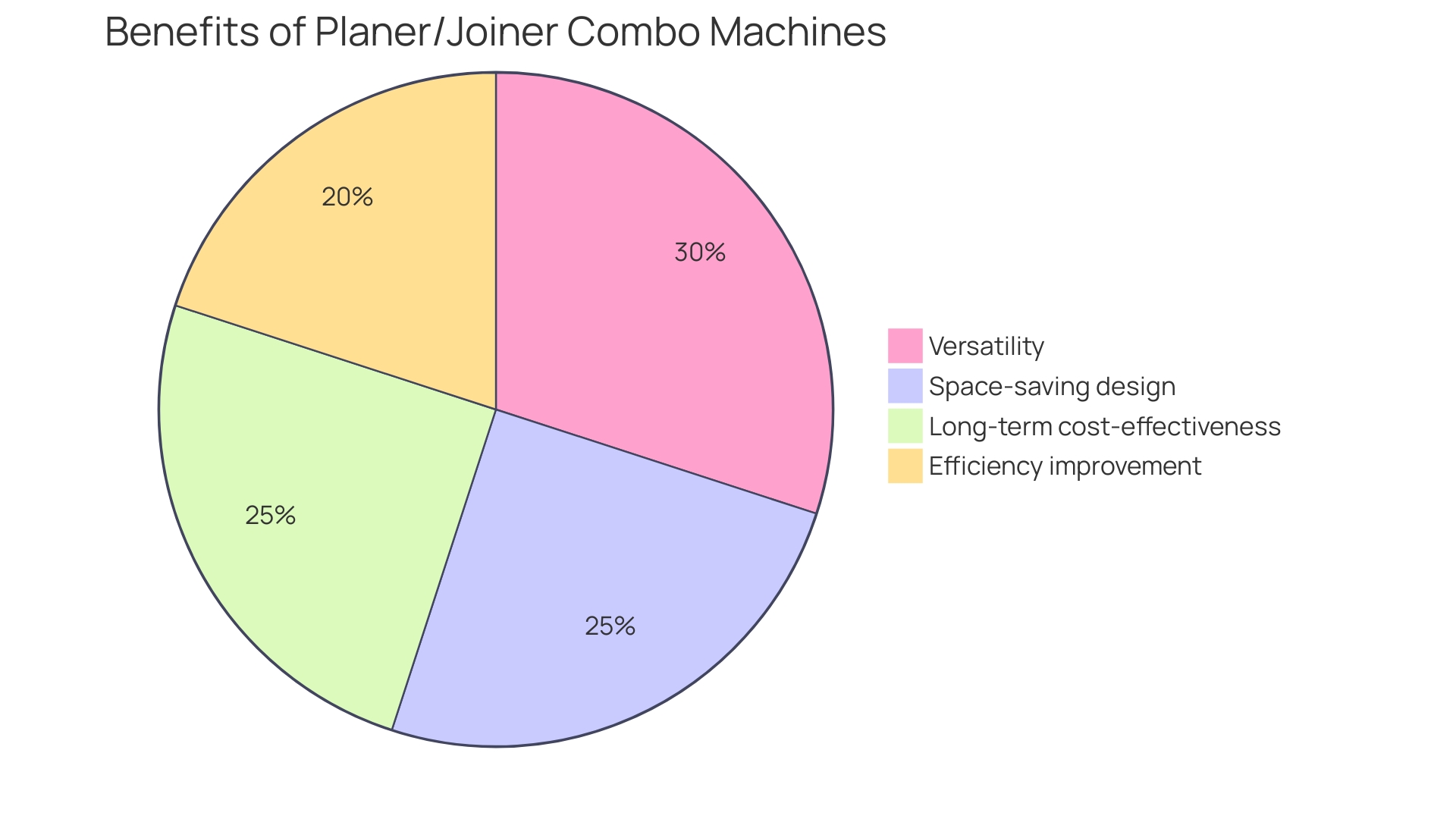
Key Features to Consider When Renting a Wood Planer
Renting a wood planer involves considering several essential features that directly impact your woodworking results. One of the most crucial aspects is the cutter head design; a well-engineered cutter head can significantly enhance the quality of the finish on your work. The type of blades used is another important factor. Blades made from high-quality materials often provide improved longevity and performance, allowing for smoother cuts and less frequent replacements.
Additionally, the feed rate and maximum cutting depth should not be overlooked. A higher feed rate can boost efficiency, enabling you to complete projects more quickly without sacrificing the quality of the work. Similarly, understanding the maximum cutting depth is vital, as it affects how much material can be removed in a single pass. This capability is particularly beneficial when working on thicker pieces of wood, ensuring you achieve the desired thickness throughout.
Timber shapers are essential instruments in any carpentry studio. They guarantee uniformity and precision, which are essential for professionals and businesses that rely on consistent results. For instance, businesses producing wooden products can see a marked difference in customer satisfaction when the size and finish of their products are uniform. As the need for superior craftsmanship keeps increasing, so does the significance of choosing the appropriate tool, particularly when time is crucial.
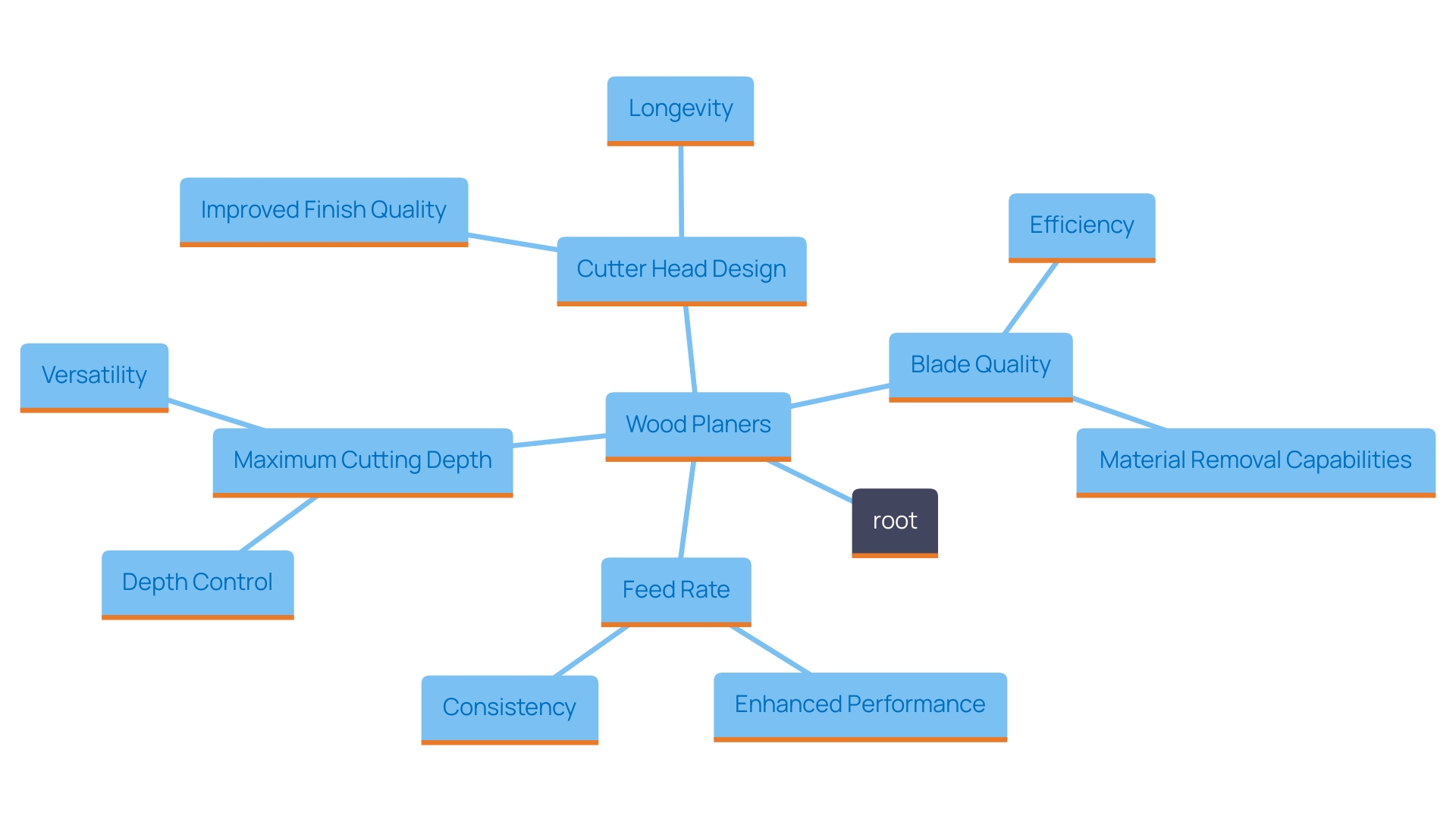
Finding Wood Planer Rental Services
Finding wood cutting tool rental services can be a smooth process if you know where to look. Local hardware stores and specialty woodworking shops often stock a diverse range of tools for shaping wood, catering to both casual users and seasoned professionals. Moreover, equipment rental firms offer choices that differ in dimensions and functionalities, facilitating your search for the appropriate tool for your task.
Online platforms have further simplified the search, offering comprehensive rental listings that allow for easy comparison of prices and features. For instance, many websites compile lists of the finest wood tools available, highlighting essential specifications and user reviews. This can save you time and help you make informed decisions.
It's crucial to consider customer feedback and rental policies, as these can significantly influence your experience. Reviews often provide insights into equipment reliability and the level of customer service you can expect. Furthermore, understanding rental terms, such as deposits and insurance, can prevent unexpected costs and ensure a smooth rental experience.
With the woodworking sector highlighting precision, the appropriate wood smoothing tool can create a significant impact in attaining consistency and correctness in your tasks. When you lease a wood shaper, you're not merely taking an instrument; you’re investing in the excellence of your work, which can result in increased customer satisfaction and possibly greater returns on your endeavors.
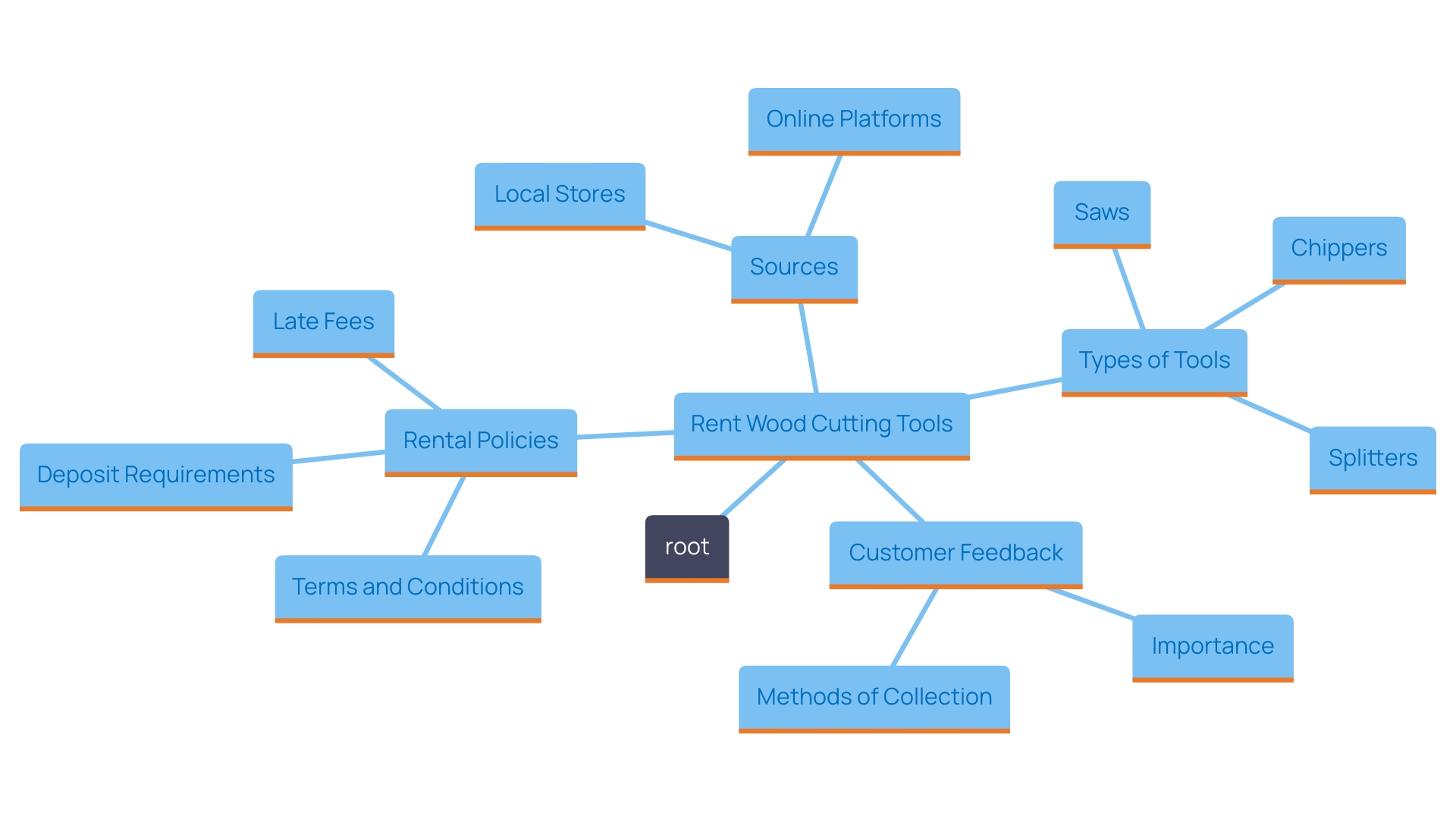
Alternatives to Renting a Wood Planer
When a wood planer rental doesn't align with your project needs, there are several practical alternatives to explore. Resource-sharing initiatives, such as local libraries for equipment, enable you to borrow items instead of renting, making them an economical and community-focused choice. These libraries often offer access to a range of resources, including larger equipment, at little to no cost. As noted by industry expert Mansur, borrowing equipment from these resources is both economical and convenient, especially for basic power devices, which typically cost around $30 to $50 for a daily rental if rented commercially.
For those contemplating a longer-term need, purchasing a used planer can be a cost-effective solution. Numerous crafting enthusiasts discover that putting money into a pre-owned implement is beneficial, especially when they expect regular use. Furthermore, crafting clubs frequently provide communal resources and equipment, improving cooperation among participants while reducing the responsibilities of possession.
The trend of borrowing rather than buying is gaining momentum, as seen with initiatives like the London-based Library of Things. 'Their mission is to make borrowing equipment not just practical but also more appealing than purchasing new items, echoing the growing sentiment that sharing resources can lead to significant savings and community engagement.'. Rebecca Trevalyan, co-founder of the Library of Things, emphasizes this shift, stating, "We really want to make rental go mainstream, making it more affordable, convenient, and socially rewarding than buying something from Amazon."
Moreover, this community-driven approach extends beyond carpentry tools. It reflects a broader shift towards sustainable practices, where individuals can access what they need without the financial burden of ownership. As woodworking continues to evolve as both a hobby and potential business avenue, these borrowing options can serve as valuable resources, ultimately enhancing creativity and craftsmanship.
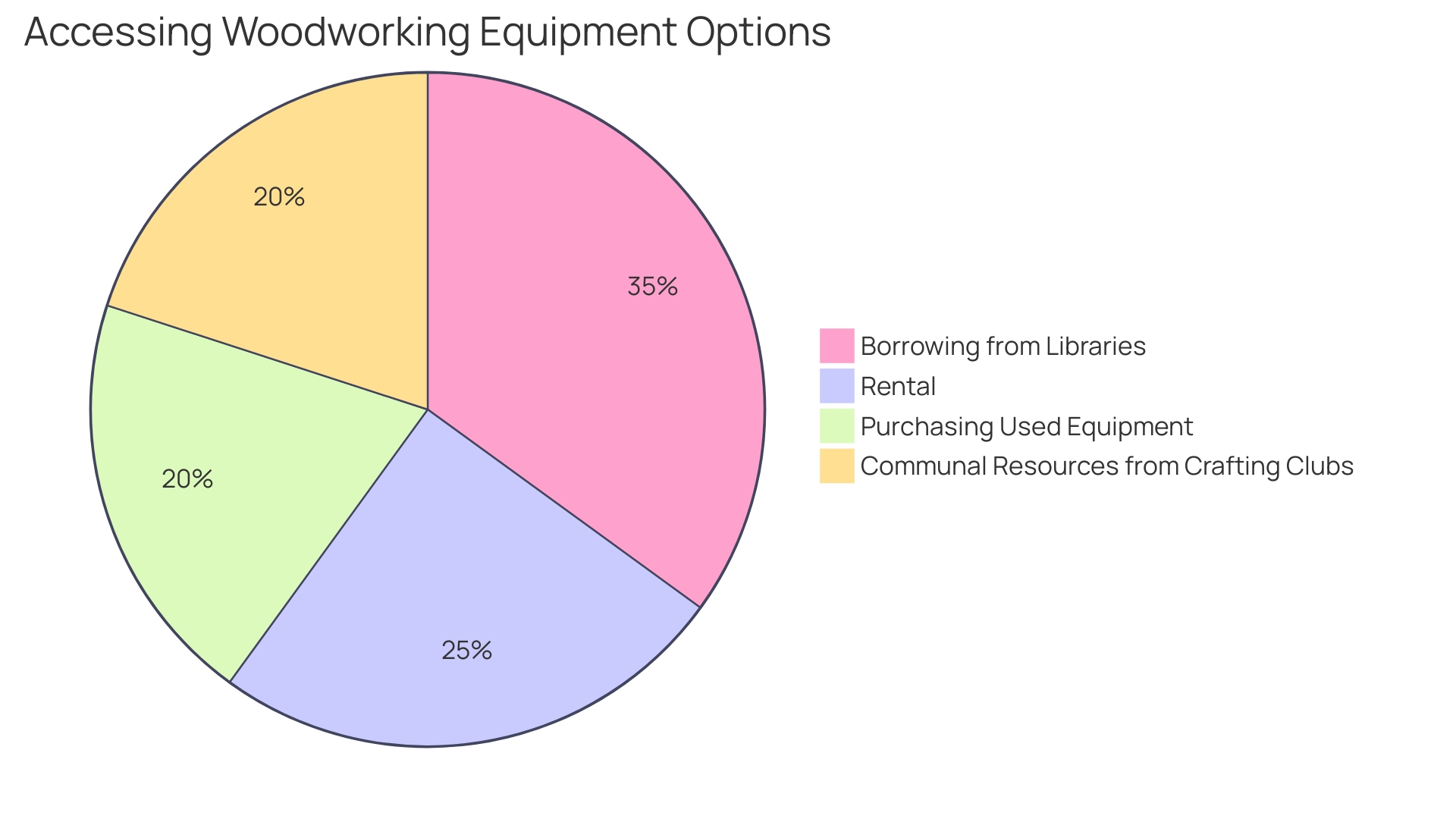
Conclusion
Choosing the right wood planer is essential for achieving high-quality results in woodworking projects. Each type of planer—benchtop, stand-alone, and combo machines—offers distinct advantages and is tailored for specific tasks. Understanding these differences helps woodworkers select the most suitable option based on their project requirements, workspace limitations, and budget considerations.
Benchtop planers are ideal for hobbyists and those with limited space, providing portability and ease of use. However, they may lack the power needed for larger, more demanding tasks. On the other hand, stand-alone thickness planers deliver superior performance for large-scale projects, ensuring a flawless finish but requiring more workshop space and a higher rental cost.
Planer/jointer combo machines present a versatile solution for those facing space constraints, merging two essential functions into one efficient unit.
When renting a wood planer, it is crucial to consider key features such as cutter head design, blade quality, feed rate, and maximum cutting depth. These factors directly impact the efficiency and quality of the woodworking results. Additionally, exploring rental services through local hardware stores, equipment rental companies, and online platforms can simplify the search for the right tool.
For those who find renting unsuitable, alternatives such as tool-sharing initiatives, purchasing used planers, or joining woodworking clubs offer practical solutions. These options not only alleviate financial burdens but also foster community engagement and collaboration among woodworking enthusiasts. Embracing these resources can enhance creativity and craftsmanship, ultimately leading to greater satisfaction in woodworking endeavors.




